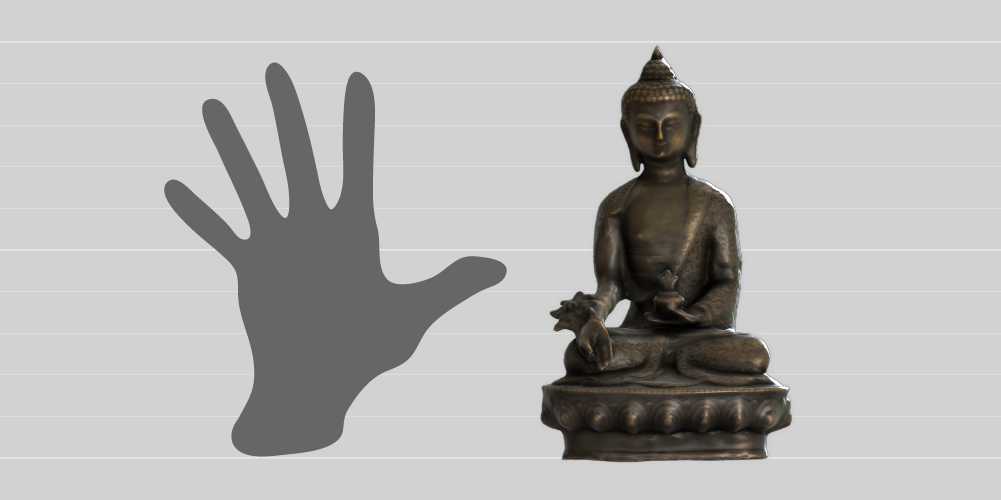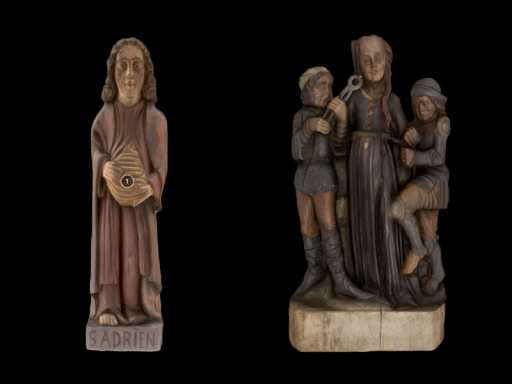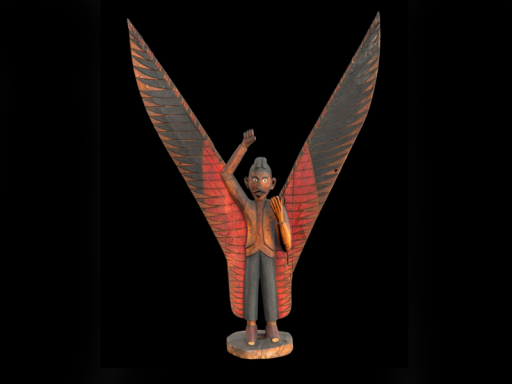
Curriculum links
About this object
Made in China in 2018, this statue is of an ancient man called Bhaiṣajyaguru, also known as the Medicine Buddha – someone Buddhists believe can help reduce suffering. A buddha is a person who has gained spiritual enlightenment, achieving a state called nirvana. When Bhaiṣajyaguru achieved this he made 12 vows, most of them aiming to help people overcome physical, mental or spiritual suffering. Buddhists around the world, but particularly in China and Tibet, chant a mantra to request help from him when they are ill. The Medicine Buddha is often depicted holding a bowl containing the fruit of a medicinal plant called myrobalan (Terminalia chebula).
Buddhist medicine
Healing has been a very important part of Buddhism since the religion started nearly 2,000 years ago. Buddhist medicine revolves around plants and minerals with healing qualities, and an understanding of the connection between the body and the mind. Physical and mental practices such as yoga and meditation used by Buddhists have some proven health benefits.
Discussion questions
- Buddhas are believed to have rid themselves of the pain and stress of everyday life. How do you cope with stress?
- What kind of health benefits do you think meditation and yoga can give?



